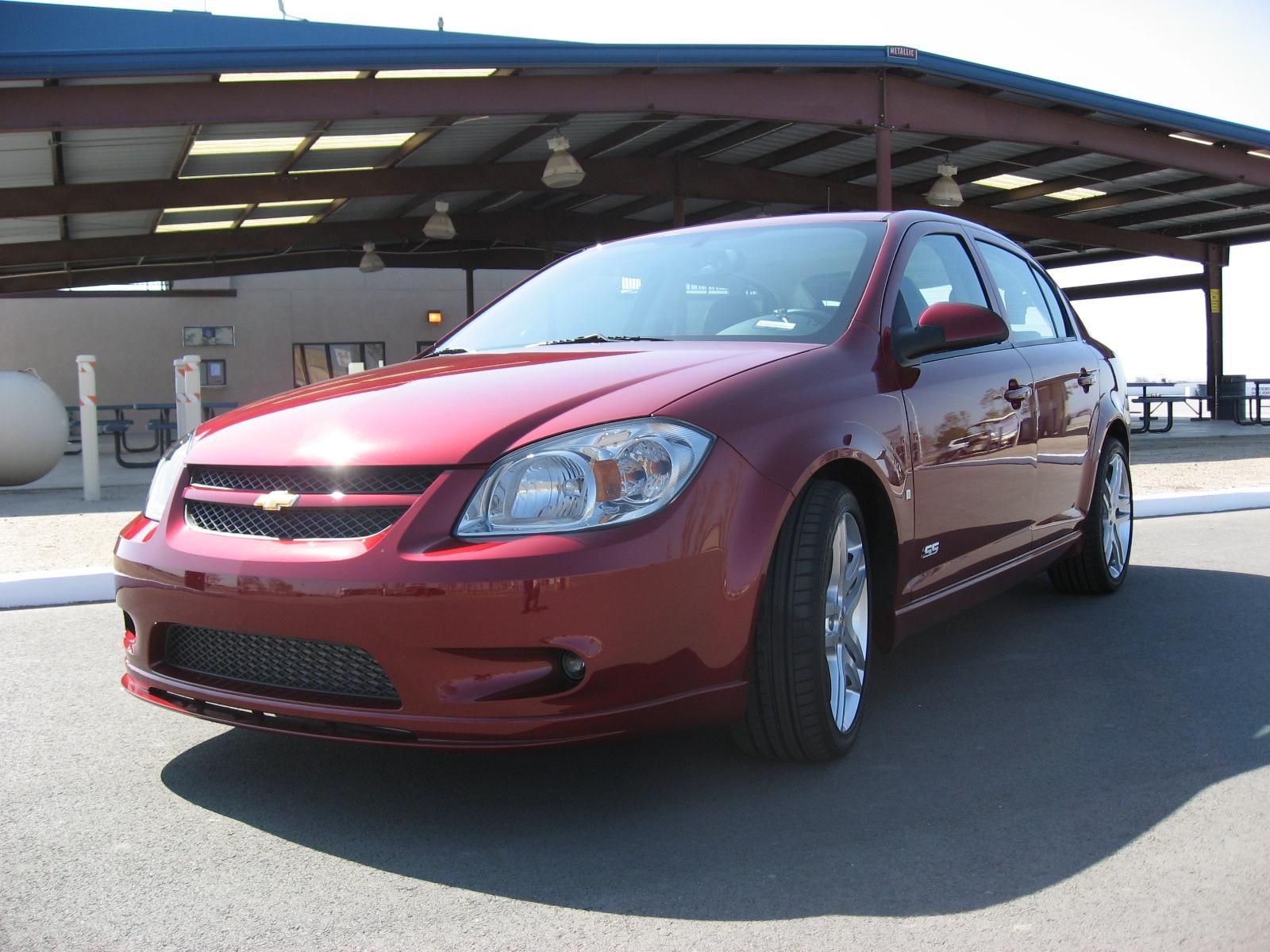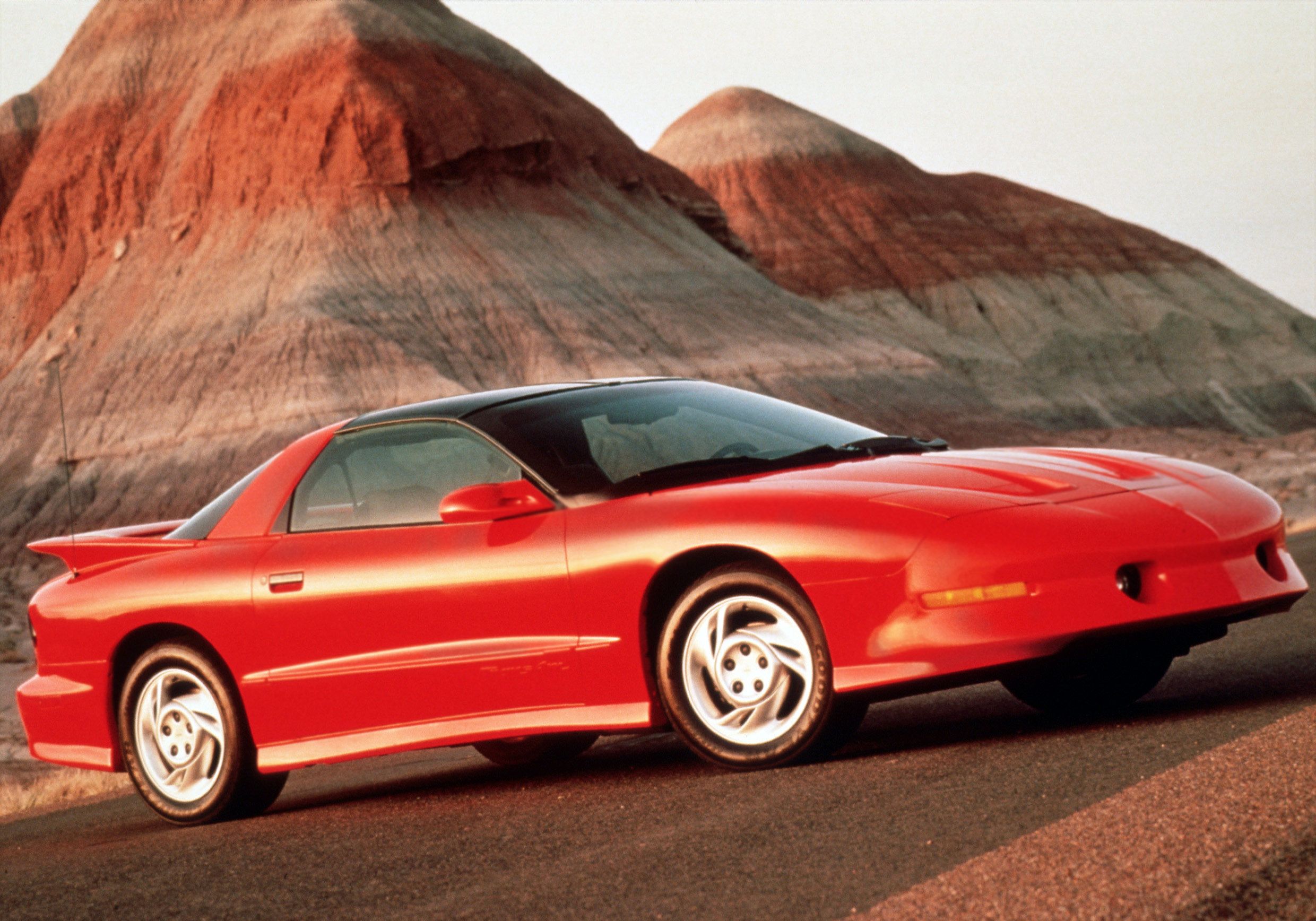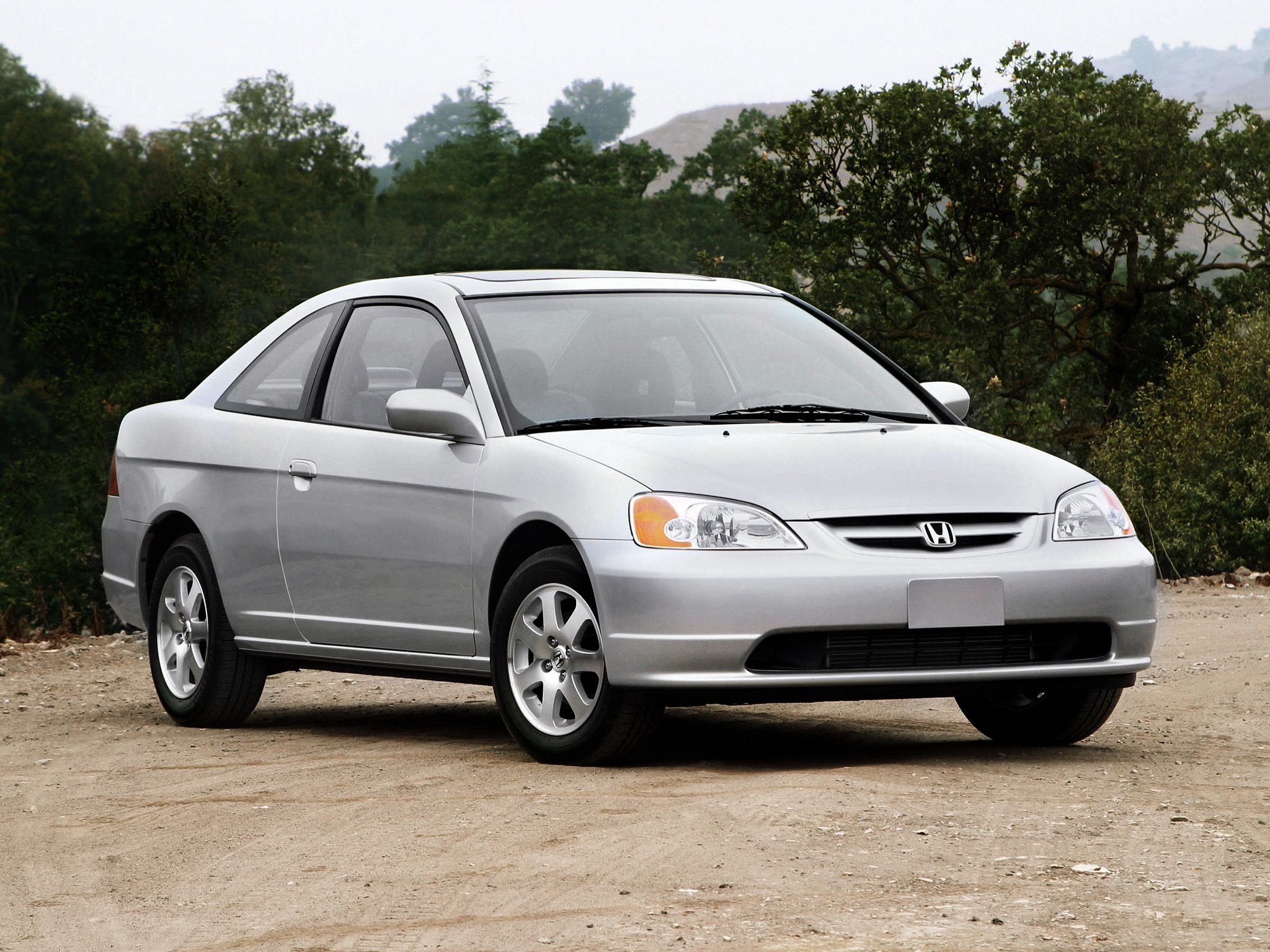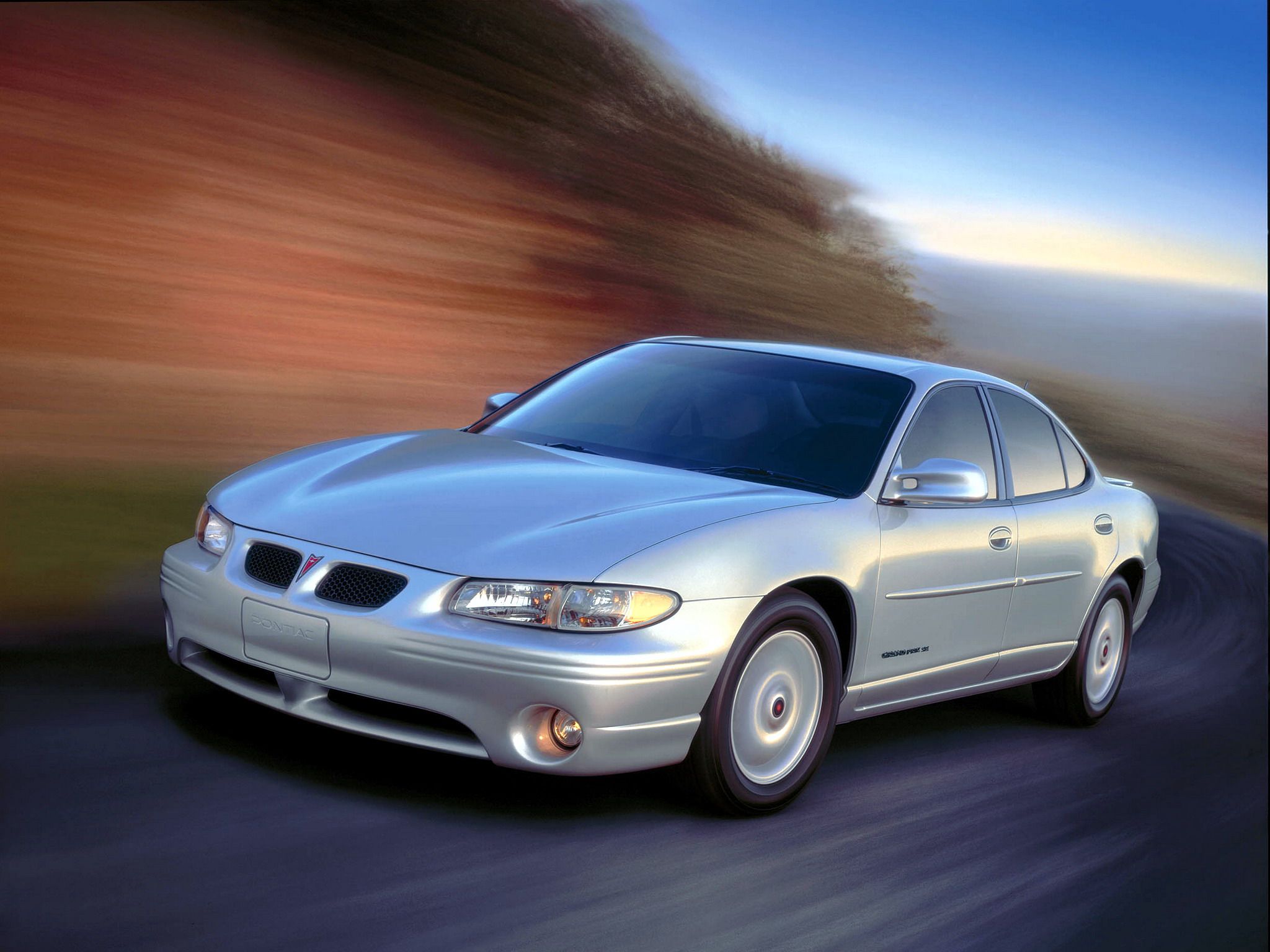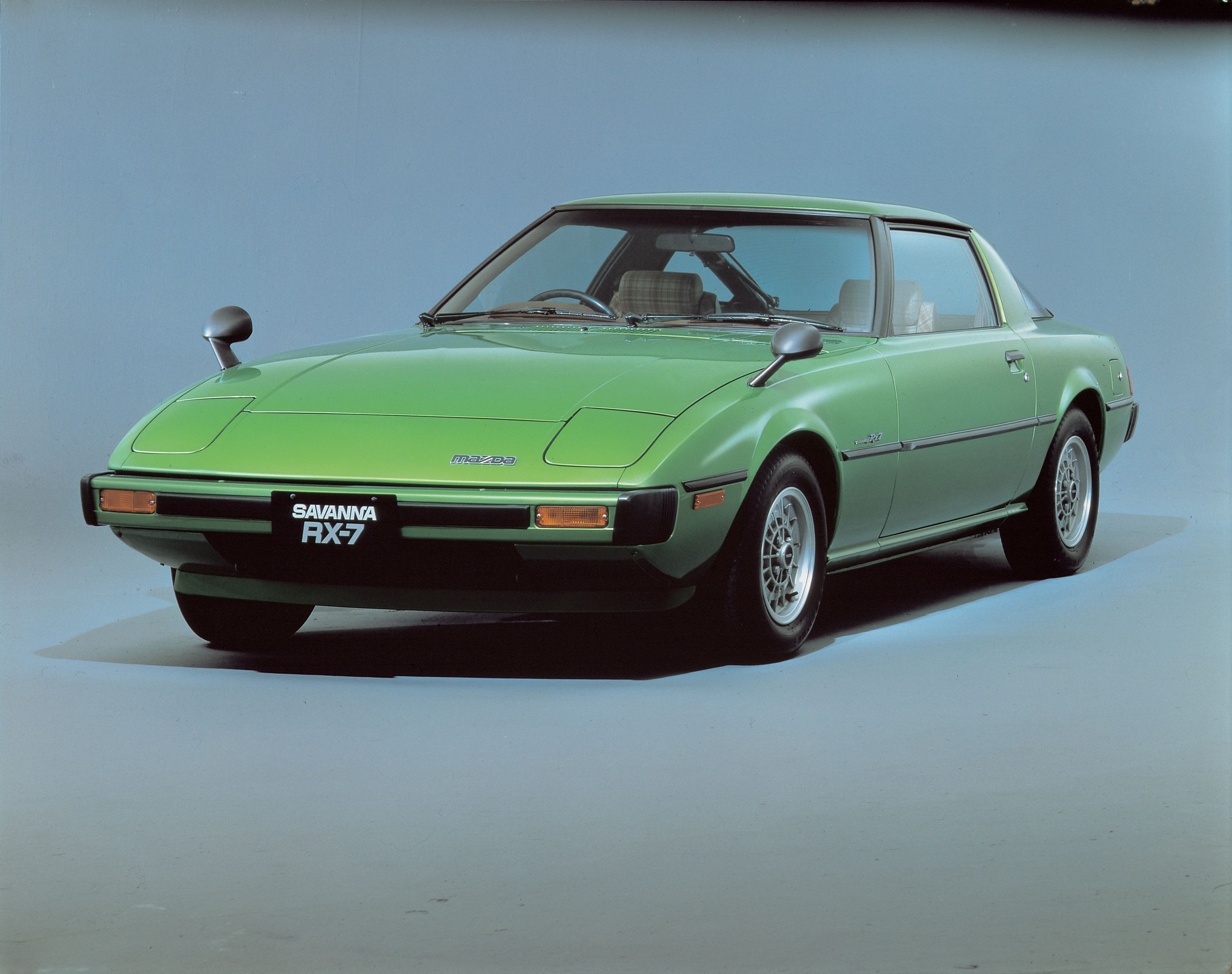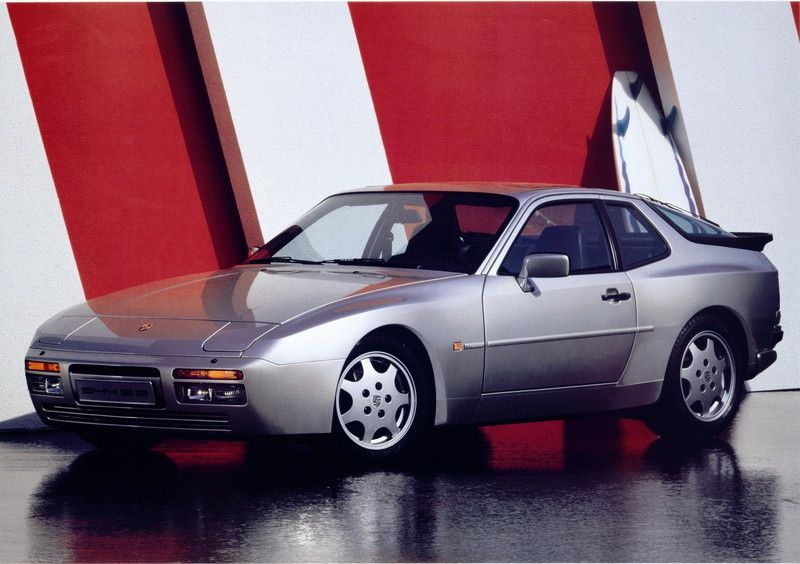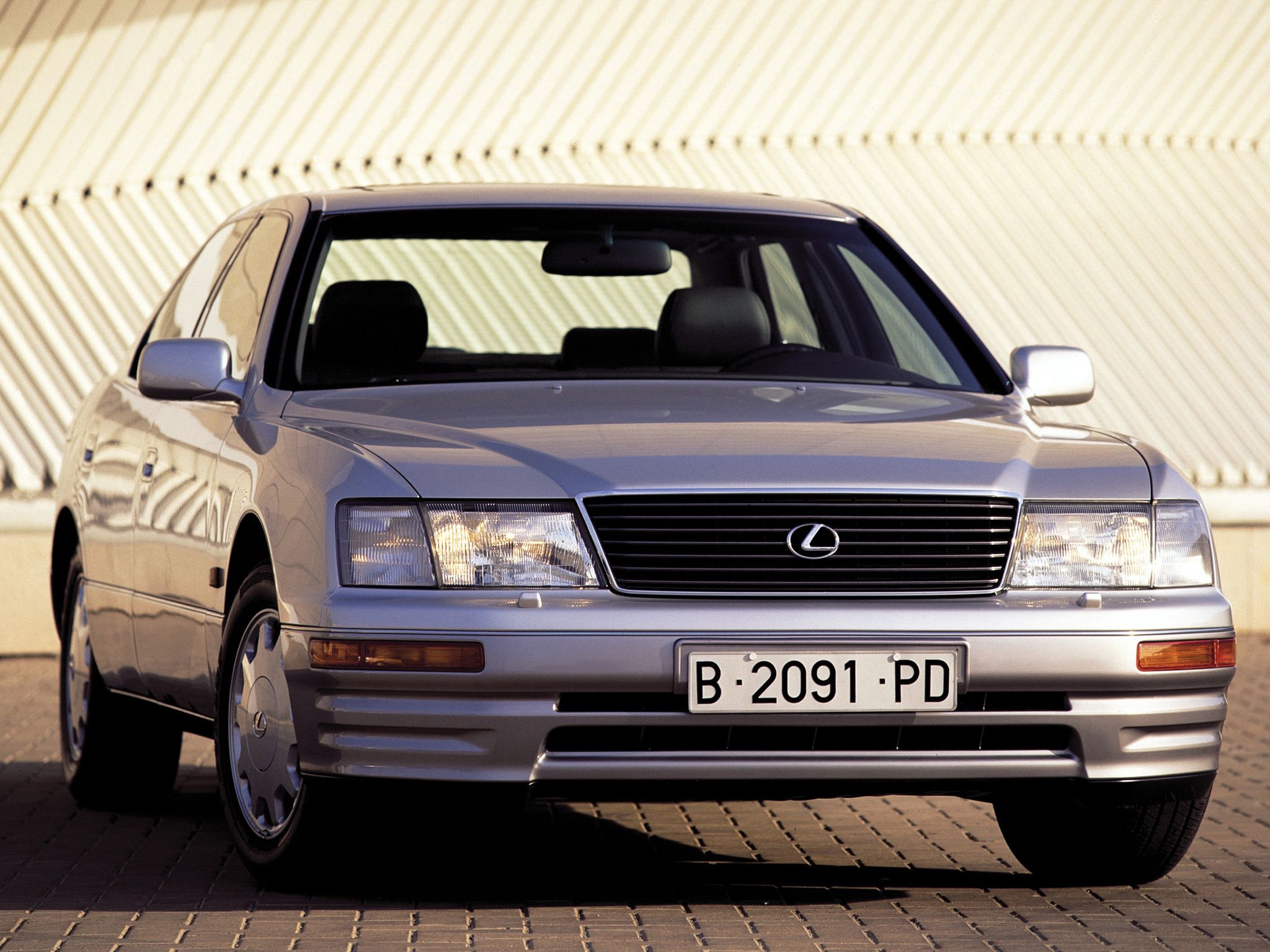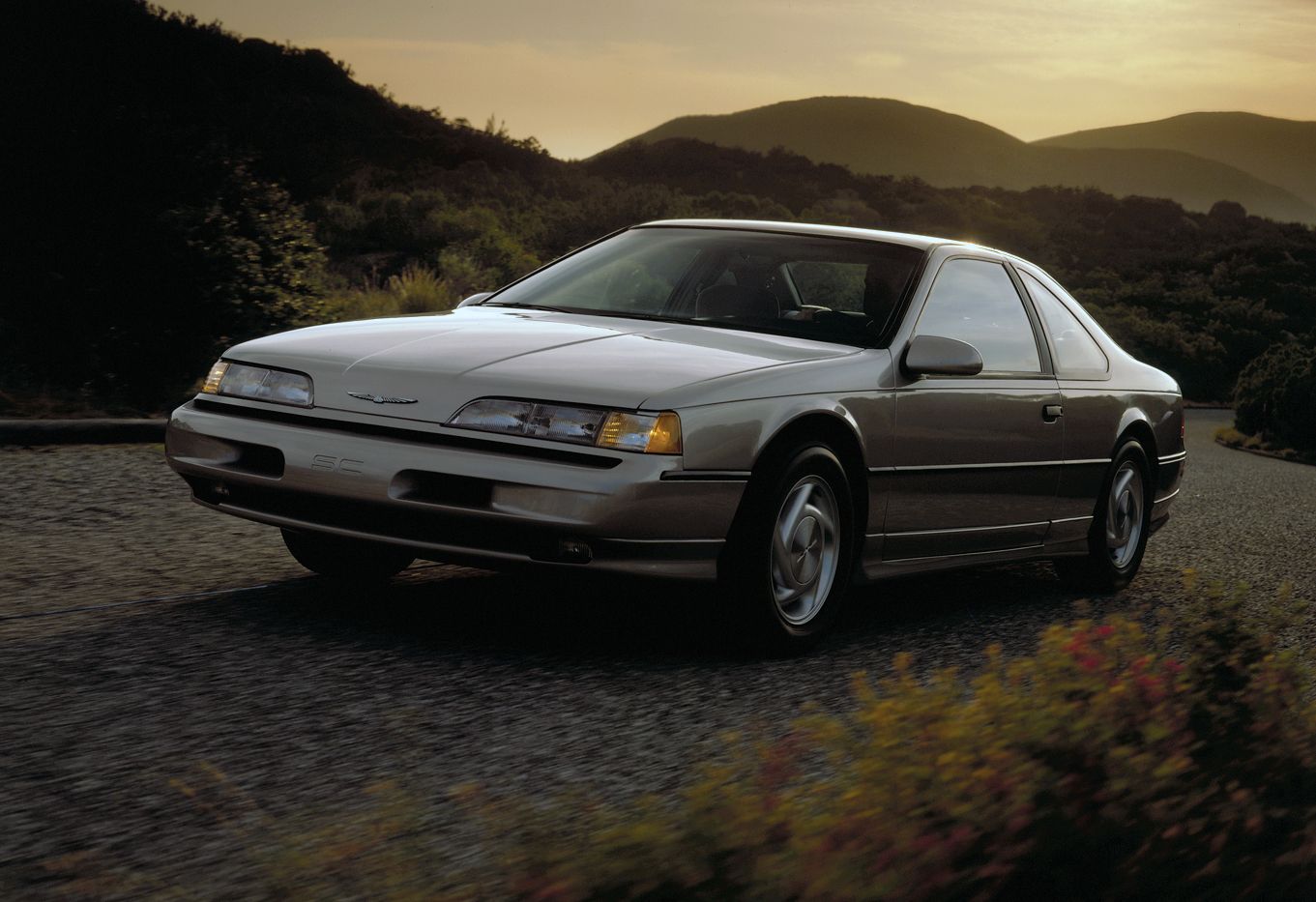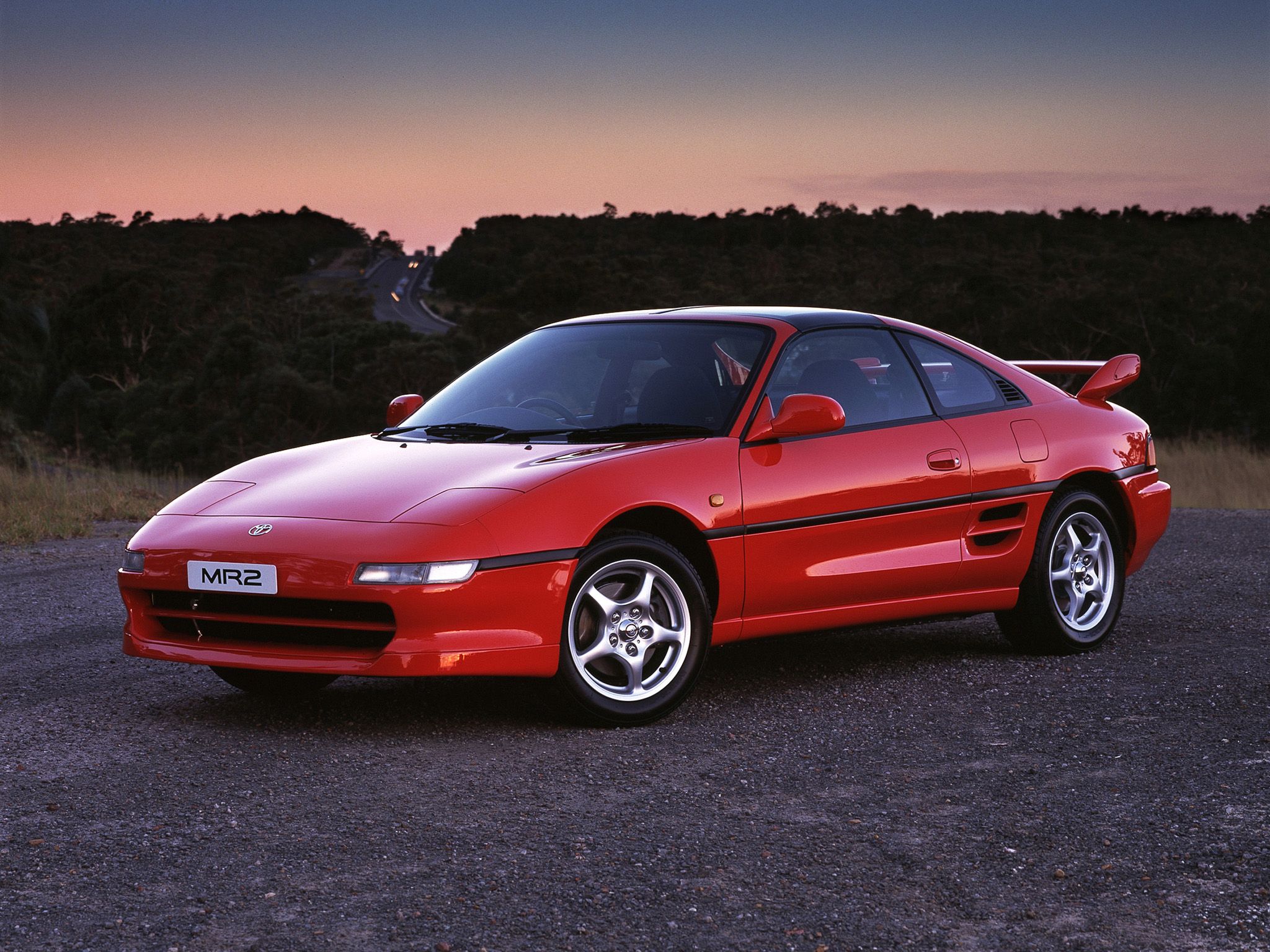Used cars come in all shapes and sizes and believe it or not, there are a lot of such vehicles out there that were blessed with the cool factor. All you need is know where to look and a tad of patience, because even if you’re operating on a budget, cool used car alternatives can be found and take advantage of.
2005 Chevrolet Cobalt SS
A somewhat underestimated car, the Chevy Cobalt SS (SS came from Super Sport, mind you) sat on GM’s Delta platform and was assembled in Lordstown, Ohio. Many media outlets slapped the ‘future classic’ tag onto the Cobalt SS, although interior quality could have been a lot better.
At launch, the 2005 Cobalt SS tried to lure in tuning aficionados with a 205-horsepower supercharged 2.0-liter engine bolted to a six-speed manual sourced from Opel. In 2006, GM introduced the 1SS, motivated by a n/a 2.4-liter mill that cranked out 171 horsepower and could be had with both a manual and an automatic ‘box. The supercharged SS marched on until 2007 only to be replaced in 2008 with a 2.0-liter turbocharged model churning out 260 horsepower. The Cobalt SS lived for two more years before being discontinued in 2010.
Read our full review on the 2005 Chevrolet Cobalt SS
1993 Pontiac Firebird Trans Am
The Trans Am specialty pack Pontiac applied to its Firebird stretched over four generations. The fourth-gen model was produced between 1993 and 2002 and shook the audiences with its aerodynamically imbued F-body design. A performance pack was also offered in 1996, namely the WS6 with its Ram Air front grille that saw the 5.7-liter LT1 V-8’s output take a hike from 285 horsepower to 305 horsepower.
The Firebird Trans Am was obviously not a slouch. It could reach 60 mph from a standstill in six seconds flat without the WS6 pack. Adding it to the mix (along with the Ram Air) dropped the 0-60 acceleration time to 5.6 seconds, while top speed also went up to 160 mph (electronically limited), a five mph increase over the standard 155 mph (also electronically limited).
2002-2003 Honda Civic Si Coupe
This particular Civic Si draws it coolness from a bunch of reasons. For starters, it’s based on the EP3 Honda Civic Type R sold at that time in Europe. In fact, Honda build it in Swindon, England, and shipped it to the U.S. and Canada.
Power came from a K20A3 engine also found in the Acura RSX. The unit churned out 160 horsepower at 6,500 rpm and 132 pound-feet of torque at 5,000 rpm and redlined at 6,800 rpm. 0-60 mph took 7.6 seconds, on par with the way-less-reliable Hyundai Tiburon GT V6 and Ford SVT Focus. The Si was, however, quite heavy, which dampened handling a bit, but at the same time it sported better torsional and bending rigidity.
1997 Pontiac Grand Prix
Introduced in 1997 as the sixth installment in a lineup that ran since 1962, the Pontiac Grand Prix was previewed by GM’s 300 GPX Concept shown back in 1995 in Detroit. Power was sent to the front wheels exclusively from one of the two V-6 powerplants available in two states of tune each: a 3.1-liter V-6 could be had with either 160 or 175 horsepower, while the chubbier 3.8-liter V-6 churned out 200 horsepower or 240 horsepower (the latter output was possible thanks to a supercharger).
Body types included both coupés and sedans, with two trims from which the customer could choose: SE (sedan only) and GT (both sedan and coupé).
Mazda RX-7 (FB)
The first-gen Mazda RX-7 (Savannah in Japan) joined the existing Cosmo and Luce sedan in the carmaker’s rotary-powered lineup. Initially, the solely engine choice was a 1.1-liter 12 unit that churned out 105 horsepower and 106 pound-feet of torque. What also mattered was the the RX-7 was really light and nimble, so the driver could have fun with less power thanks to the 50:50 weight distribution Mazda had baked into the RX-7.
For the Series 2, the RX-7 got a power boost to 115 horsepower and 112 pound-feet of torque together with a cut in weight. A turbocharged version of the 12A powerplant was also offered with 160 horsepower on tap. The 1.3-liter 13B RE-EGI rotary engine came with the Series 3 and brought along 135 horsepower and 135 pound-feet of torque.
1987 Porsche 944
Porsche built the 944 between 1981 and 1991. The German carmaker created the 944 in an attempt to bridge the gap between the 924 and the 911 SC, that’s why the 944’s body was an evolution of the 924. Interestingly enough, the 944 was assembled by Audi at its Neckarsulm plant, but featured a Porsche-designed 2.5-liter straight-four engine that at launch, produced 163 horsepower - later on in 1986, Porsche offered a catalytic-conversion variant that made 150 horsepower.
The most powerful standard 944s were those of the 1989MY, which saw displacement take a hike to 2.7 liters, with power reaching the 165-horsepower threshold. A 944 S was also part of the more performance-oriented side of the lineup. It had four-valve cylinders and cranked out 190 horsepower. The S was replaced by the 944 S2 in 1989 with a beefier body and a 3.0-liter straight-four good for 211 horsepower.
Read our full review on the 1987 Porsche 944
Lexus LS400 (XF20, second-generation
Lexus launched the second-gen LS400 (aka Toyota Celsior in Japan) in 1994 for the 1995 model year. The second iteration of the LS400 had more of everything: extra power, ampler room inside, and boosted luxury.
Powered by an aluminum 4.0-liter V-8, the Lexus LS400 made do with 260 horsepower and 270 pound-feet of torque at 4,500 rpm. Despite being basically what you’d call a luxo-barge, the LS400 could zap from 0 to 60 mph in 7.4 seconds, a seizable increase compared to the first gen’s 8.7-second 0-60 mph time. Heck, it could cover the quarter mile in 15.5 seconds at 92.6 mph, which is not bad. Not to mention it did it while still retaining that Lexus-specific comfort without the body roll thanks to a tweaked double-wishbone suspension setup with anti-roll bars and improved shock absorbers.
1989 Ford Thunderbird Super Coupe
Based on the 10th generation Thunderbird, the Super Coupe was fitted with a tweaked version of the standard model’s 3.8-liter Essex V-6. In the regular Thunderbird, the unit produced 140 horsepower and 215 pound-feet of torque. The only problem was that the car tipped the scales at around 3,500 pounds.
In the SC, the 3.8-liter mill was twinned to a 12-psi-of-boost Eaton Corp supercharger for newly found grunt: 210 horsepower and 315 pound-feet of twist.
What’s more, to complement the gains in power and torque, Ford fitted the sedan with high performance tires, a Traction-Lok limited-slip diff, brake discs on all four corners, and a stiffer suspension setting with Tokico-sourced adjustable shocks. In 1991, Ford fitted the SC with its Windsor 5.0 V-8 rated at 200 horsepower and 275 pound-feet of twist.
Needless to say, the Thunderbird SC was as impressive as a performance sedan could be at that time - and it even got MotorTrend’s Car of the Year award in 1989, but Ford’s top white-collar decision-makers deemed it a failure.
2005 Ford Mustang GT
We’ll tell you one thing right off the bat about the 2005 Mustang GT: it’s got the right retro/modern looks to make it a future classic and it’s no slouch either. OK, that’s two things. Under the hood of the base model sat a 4.0-liter SOHC V-6 borrowed from the Ford Explorer but retuned to produce 202 horsepower and 235 pound-feet of torque.
The GT, however, was gifted with an all-aluminum 4.6-liter V-8 with 300 horsepower and 320 pound-feet of torque on tap, enough to let it blast from 0 to 60 mph in 5.6 seconds thanks to a Tremec five-speed manual. So let’s recap: looks and grunt. Yup, definitely a cool car you can get on the cheap these days.
Read our full review on the 2005 Ford Mustang GT
1989 Toyota MR2
There’s no wonder that the MR2 two-seater pops up in so many best X cars list. Toyota’s mid-engine, rear-wheel-drive sports car was a crowd favorite thanks to impeccable dynamics, a crisper-than-ever five-speed manual, and foolproof twin-cam, 16-valve, 1.6-liter four-cylinder engine. Not to mention the MR2 was a monument of reliability.
The second-gen MR2’s 2.2-liter naturally-aspirated engine produced 130 horsepower in US guise and could be mated to a four-speed automatic or a five-speed manual gearbox. The MR2 Turbo used a turbocharged (duh!) 2.0-liter 3S-GTE mill with 200 horsepower and 200 pound-feet of torque on tap. It could only be had with the five-speed manual.

